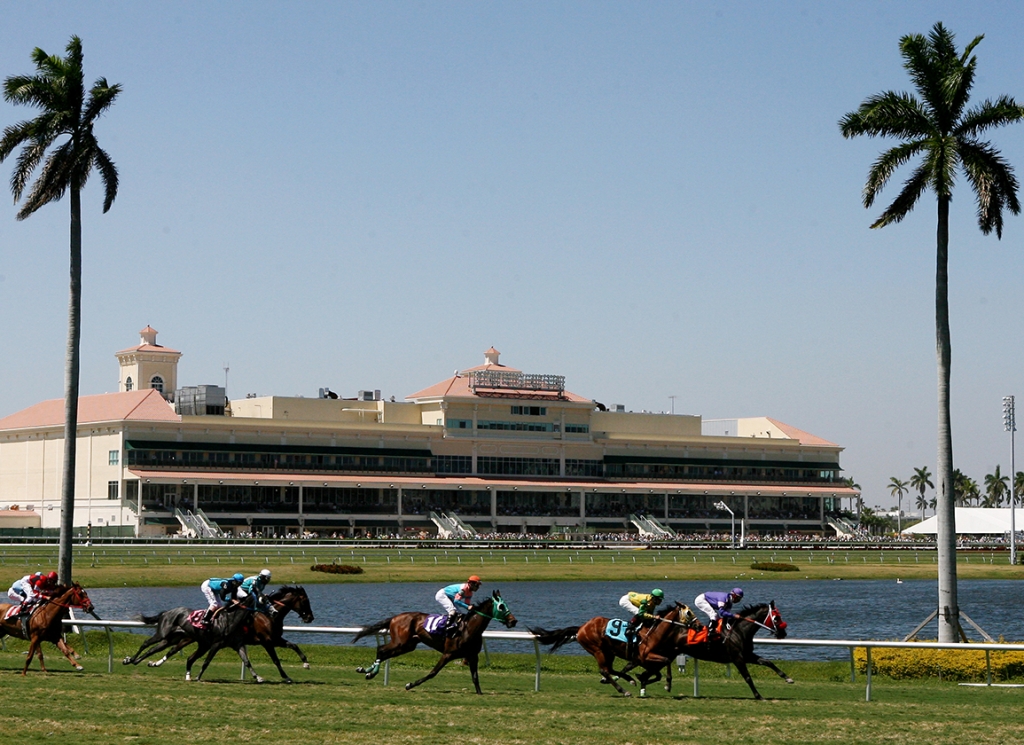Del Mar marked eight weeks of increased field sizes and high-quality racing that ended Sunday.
“Overall, just a tremendous summer of quality racing,” Racing Secretary David Jerkens says. “Especially Pacific Classic Day. You look back and see how strong of a card that was. I think some of the winners and horses that ran well on that card have bright futures for the Breeders' Cup.”
The talk around the racing industry is the field sizes again this year at Del Mar.
“It was a robust number that I think any track in the country would kill for,” Jerkens says. “We knew last year would be difficult to match but we are very close to what we had last year. I think two years in a row, when you're over or hovering around nine runners a race, that's a pretty strong accomplishment.”
The average field size for the dirt races at Del Mar this summer was 8.47 and for the turf races it was 9.50. Stake races had an AFS of 8.56.
“We had a strong product throughout,” Jerkens notes. “We did have the (one day) weather cancellation but we made up all those races that were canceled.”
Tropical Storm Hilary was the only hiccup all summer. The storm prompted horse evacuations, canceled racing Aug. 20 and eventually dumped two inches of rain on the backside. But from all reports afterward, what little flooding there was in the stable area had no impact on the horses and things were back to normal in just a couple of days.
The “Ship & Win” program was a success once again this summer, contributing to the large field sizes.
“The results were pretty much what we expected,” Jerkens says. “I think we were 14% off the number of starters from last year but that was another expectation we had to curtail a bit because we knew, in reality, it would be hard to match. We may still end up with our second most Ship & Win' runners.”
Heading into the final weekend, 171 “Ship & Win” starters debuted at Del Mar this summer. Twenty three made it to the winner's circle, six last week.
“You can do all these different programs,” Jerkens concedes, “but all that means nothing unless you get the support in the entry box. That's what we had from our horsemen once again.”
So, now we look ahead to the fall meet, something Jerkens has already started planning.
“Hopefully we'll have our stakes schedule released in the upcoming weeks,” Jerkens says. “We're starting to plant seeds for the fall. Generally, if the weather cooperates and we're able to run on the grass we'll have a successful meet. Last year everything went well, knock on wood. We were fortunate in terms of the weather. We had really strong fields our last two weekends and expectations are for more of the same, but a lot is dependent on the rain.”
The four-week Bing Crosby meet kicks off the week after the Breeders' Cup, November 10.
For Jerkens, the end of the summer meet is the end of a very long process that actually goes year round.
“Absolutely,” Jerkens says. “You hear from more people across the country than normal about them taking notice of what Del Mar had to offer this summer. I think we had the strongest day-to-day race product around this summer.”
“My staff worked really hard,” Jerkens continues. “There's a lot of planning that goes into it. You don't just show up Opening Day and here it is. But again, so many owners and trainers really want to be part of Del Mar and they provided tremendous support this summer.”
The post Large Fields, Quality Racing Mark Successful Del Mar Meet appeared first on TDN | Thoroughbred Daily News | Horse Racing News, Results and Video | Thoroughbred Breeding and Auctions.

